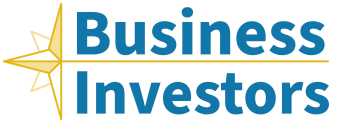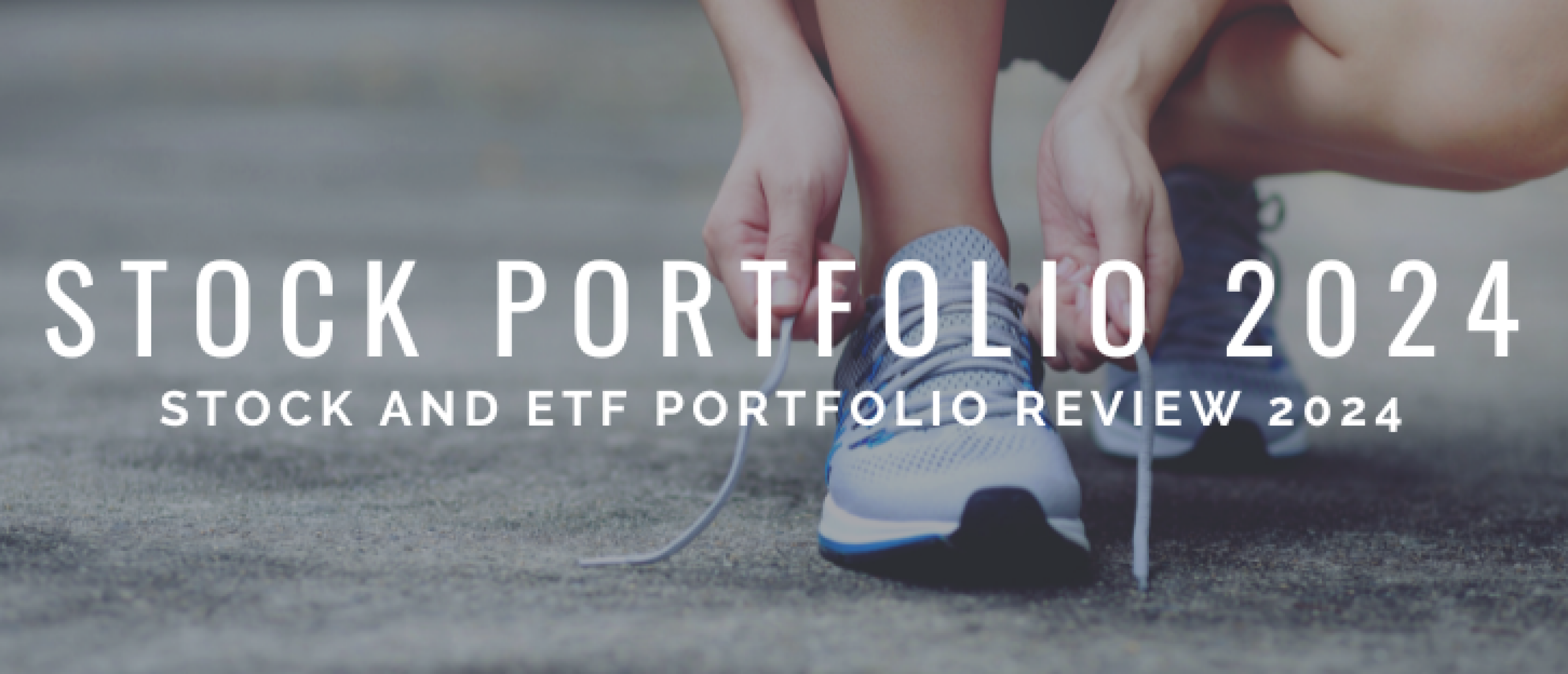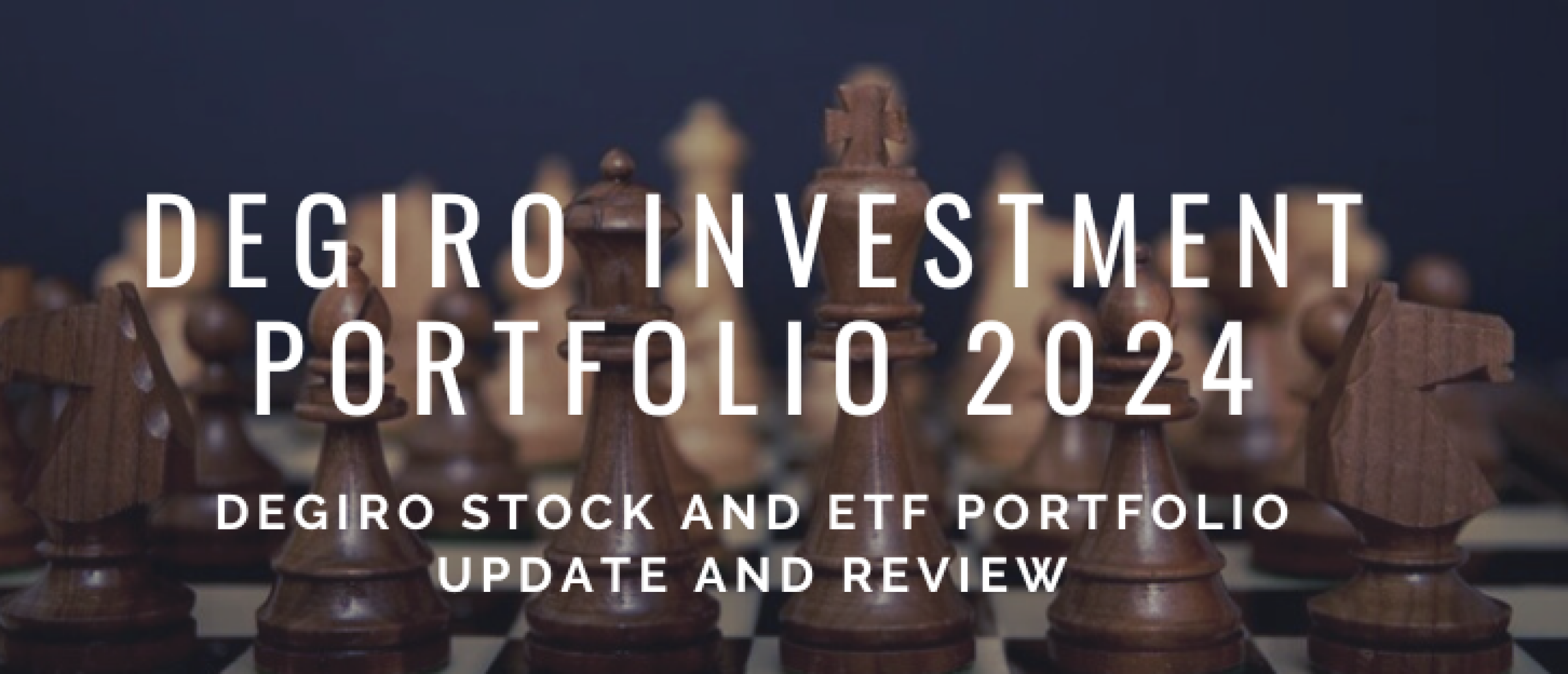
Introduction to Rule One Investing
Investing can sometimes feel like navigating uncharted territory, full of unpredictable risks and opportunities. But what if there was a compass, a set of rules, that could guide us to safer and more fertile ground? This is exactly what Rule One Investing is all about. Developed with Warren Buffet's philosophy in mind, this method emphasizes the importance of investing in what you know, finding companies with a sustainable competitive advantage, assessing management, and buying with a margin of safety. The goal is simple: minimize risk and maximize return. But as with any investment strategy, the power lies in the execution. In this blog, we dive deep into the essence of Rule One Investing, dissect its basic principles and explore how you can practically apply this methodology to strengthen your investment portfolio.
What is Rule One Investing?
The core of Rule One Investing revolves around a simple but powerful idea: don't lose money. This philosophy, inspired by famed investor Warren Buffet, is more than just a prudent approach to investing. It is a strategic framework that teaches investors how to make smart, informed decisions that will stand the test of time. But what makes this methodology so unique?
History and Origins Rule One Investing has its origins in the teachings and principles of Warren Buffet, who is known for his prudent and thorough approach to investing. Buffet's philosophy, based on choosing companies with strong fundamental values and investing for the long term, is the foundation of this methodology.
Fundamental Principles The core of Rule One Investing can be summarized in four fundamental principles, also called the "Four M's": Meaning, Moat, Management, and Margin of Safety. These principles emphasize the importance of investing in companies that you understand, that have a sustainable competitive advantage, that are run by reliable and efficient management, and whose shares can be purchased at a price lower than their true value. It is this combination of careful selection and strategic planning that distinguishes Rule One Investing from other investment strategies.
In the following sections, we will explore each of these principles in detail, unpack how they can be put into practice, and identify the most common pitfalls investors should avoid. By embracing the philosophy of Rule One Investing, you can not only minimize your investment risks, but also maximize your chances of long-term success. Let's start with a deep dive into the Four M's of Rule One Investing.
PS: view our investing videos for free stock investing education as well.
The Four M's of Rule One Investing
The power of the Rule One Investing methodology lies in the application of the Four M's: Meaning, Moat, Management, and Margin of Safety. Each of these components plays a crucial role in identifying potential investment opportunities that are safe, reliable, and profitable. Let's explore these principles one at a time.
Meaning
The first M stands for Meaning, or significance. It is about investing in companies that you understand and whose value and potential you can assess. This principle emphasizes the importance of knowing about the company and the industry in which it operates. Choosing companies that fall within your "circle of competence" ensures that you make better investment decisions. This does not mean you have to be an expert in every industry, but it does mean you have a clear understanding of the business model, the products or services, and the market in which the company operates.
Moat
The second M, Moat, refers to a company's competitive advantage. A "moat," or moat, protects the company from competition, similar to how a moat protects a castle. This competitive advantage can come from various sources, such as brand loyalty, patents, economies of scale, or unique technologies. A strong moat allows a company to remain profitable over the long term, which is essential for achieving sustainable investment returns.
Management
The third M stands for Management. The importance of strong and reliable management cannot be overemphasized. A capable management team is able to guide a company through challenging times, identify new growth opportunities, and improve overall business performance. When assessing management, you look at their track record, their integrity, and their commitment to the company and its shareholders. Good management is an important factor that can contribute to the success of an investment.
Margin of Safety
The fourth and final M, Margin of Safety, revolves around not overpaying for a stock. This principle emphasizes the importance of buying shares at a price significantly below their intrinsic value. This provides a margin of safety that protects investors from valuation errors or unforeseen market conditions. By investing with a margin of safety, you minimize the risk of loss and increase the potential for profit.
Applying these Four M's is the basis for making thoughtful and informed investment decisions within the Rule One Investing methodology. In the next section, we will explore how you can practically apply these principles to strengthen your investment portfolio.
Key growth figures within Rule #1 Investing
Within Rule #1 Investing, an investment philosophy popularized by Phil Town, there are several key metrics and principles that are applied when selecting stocks. This method emphasizes investing in companies with strong growth potential that can generate long-term value. Here are the five key growth metrics often used within this philosophy:
Return on Invested Capital (ROIC): This figure measures how well a company deploys capital (both equity and debt) to generate profits. A high ROIC indicates an efficiently managed company that is well positioned to make its investments profitable.
Sales Growth: Regular and sustained growth in sales is an important sign that a company is able to increase its market share or raise its prices, both of which indicate a strong market position.
Earnings per Share Growth (EPS growth): Earnings per share growth over time shows that a company is improving its profitability. This is a direct indicator of the company's growth potential.
Equity Growth: Equity growth indicates a strengthening of a company's financial health. A company that can grow its equity is building a stronger foundation for future expansion and profitability.
Free Cash Flow Growth: Free cash flow growth is essential because it shows that a company still has a significant amount of money left over after all expenses. This money can be used for investments, debt repayment, dividend payments or share repurchases.
Together, these five growth figures form a framework within Rule #1 Investing for assessing the financial health and growth potential of companies. Investors use these metrics to determine whether a company meets the criteria of a "wonderful business" according to Phil Town's philosophy, focusing on high-quality companies that can be purchased at a reasonable price.
Practical Application of the Rule One Investing Methodology.
After understanding the Four M's, the next step is to practically apply these principles to identify strong, value-driven investments. Here's how to get started:
Identifying potential investments
Start by looking for companies that resonate with what you understand and believe in-firms that fall within your "circle of competence. Use Meaning's criteria to create a list of companies you know and trust. Then, filter this list further by looking at companies with a clear and sustainable competitive advantage (Moat). This could be a strong brand, unique technology, or a dominant position within the market.
Analyzing financial health and growth potential
Once you have a shortlist of companies that meet the Meaning and Moat criteria, it is time to analyze their financial health and growth potential. Dive into financial reports and assess profitability, debt levels, cash flows, and growth prospects. Look for companies that are consistently profitable, have healthy balance sheets, and generate strong cash flows. This provides insight into the long-term sustainability of the company.
Calculating intrinsic value and margin of safety
The next step is to calculate the intrinsic value of these companies' shares to determine the price at which you are making a safe investment. There are several methods for calculating intrinsic value, including discounted cash flow analysis and comparing price-to-earnings ratios. Once you have an estimate of intrinsic value, buy the stock only if the market price is significantly lower than this value, creating a Margin of Safety. This difference between market price and intrinsic value provides a buffer against uncertainty and reduces the risk of loss.
Common pitfalls and how to avoid them
While the Rule One Investing methodology provides a powerful framework, there are some pitfalls that investors should be wary of:
Overreacting to market volatility: Don't get caught up in the daily fluctuations of the market. Focus on the long-term and fundamental value of your investments.
Investing in companies you do not fully understand: Stay within your "circle of competence" and invest only in companies whose operations and industry you fully understand.
Ignoring the quality of management: Never underestimate the importance of strong and ethical management. Even the best company can suffer from poor management.
Conclusion and Summary of Rule One Investing
Rule One Investing provides a solid foundation for investors seeking a low-risk, value-driven approach to investing. By following the Four M's-Meaning, Moat, Management, and Margin of Safety-and avoiding common pitfalls, you can identify investments that are not only safe but also have the potential for significant long-term growth. Patience and discipline are crucial; success in investing does not come overnight, but by sticking to these principles, you can build a portfolio that will stand the test of time.









